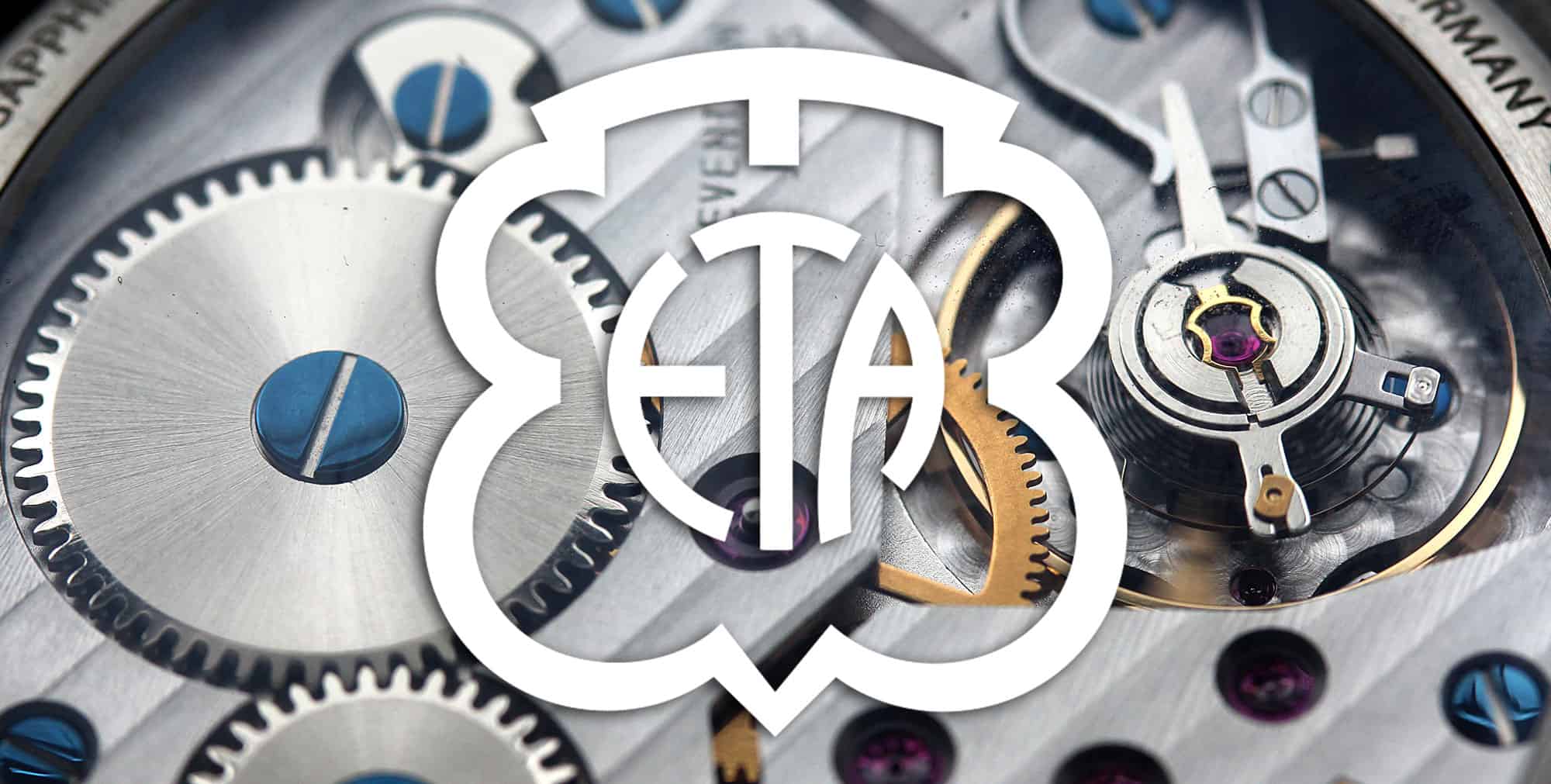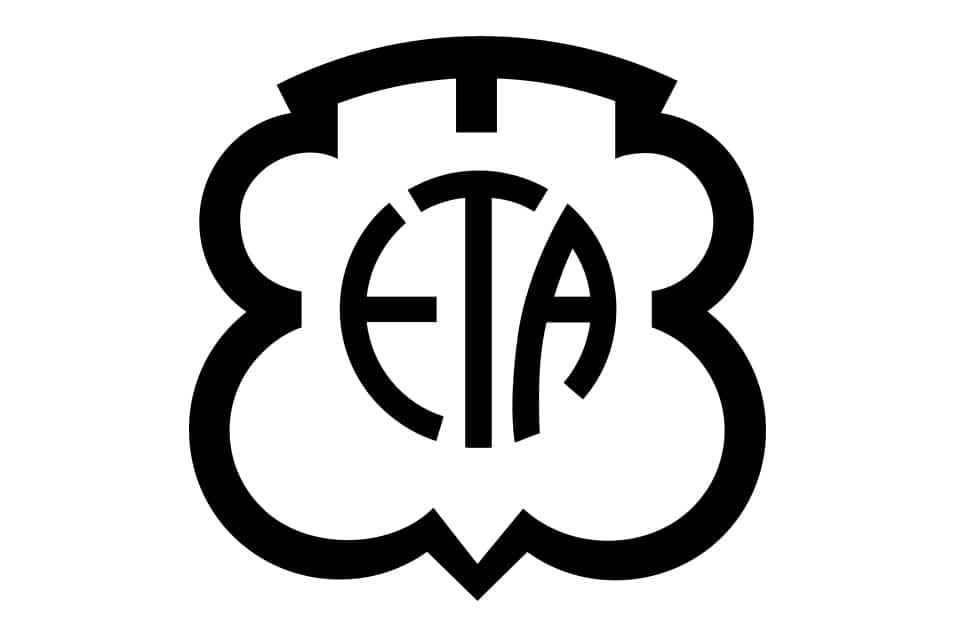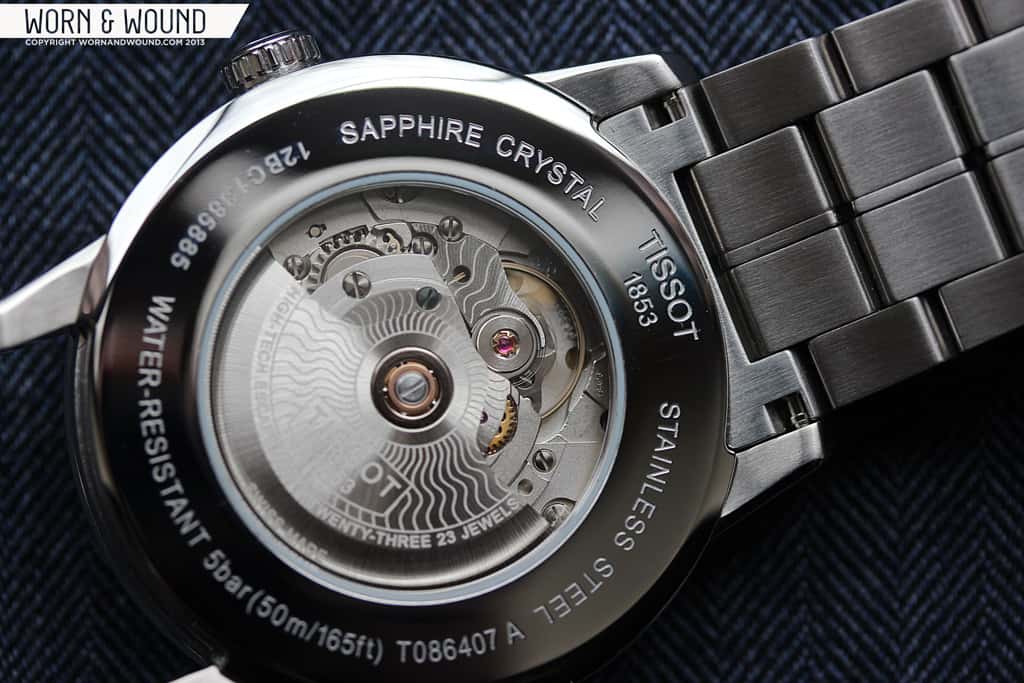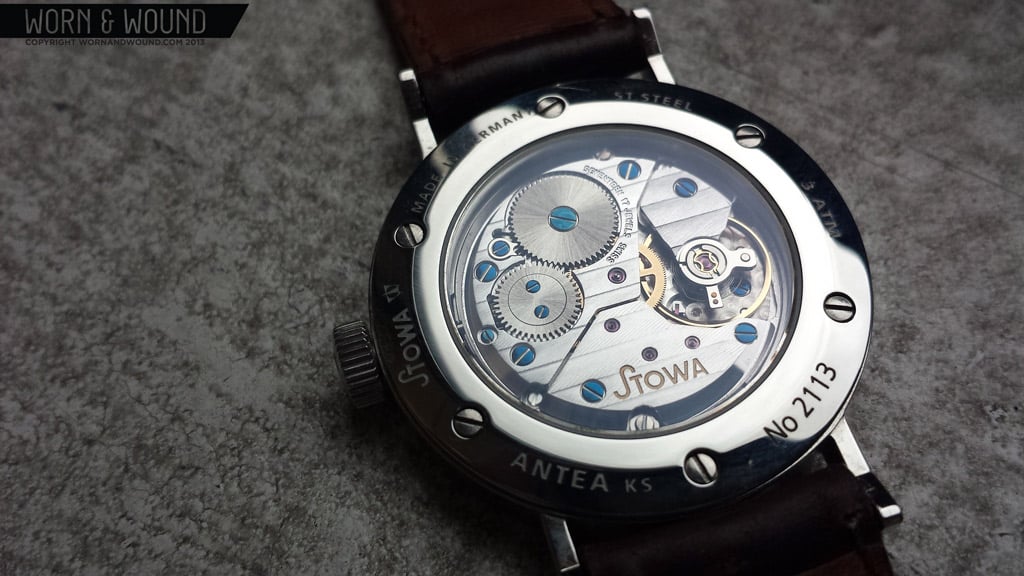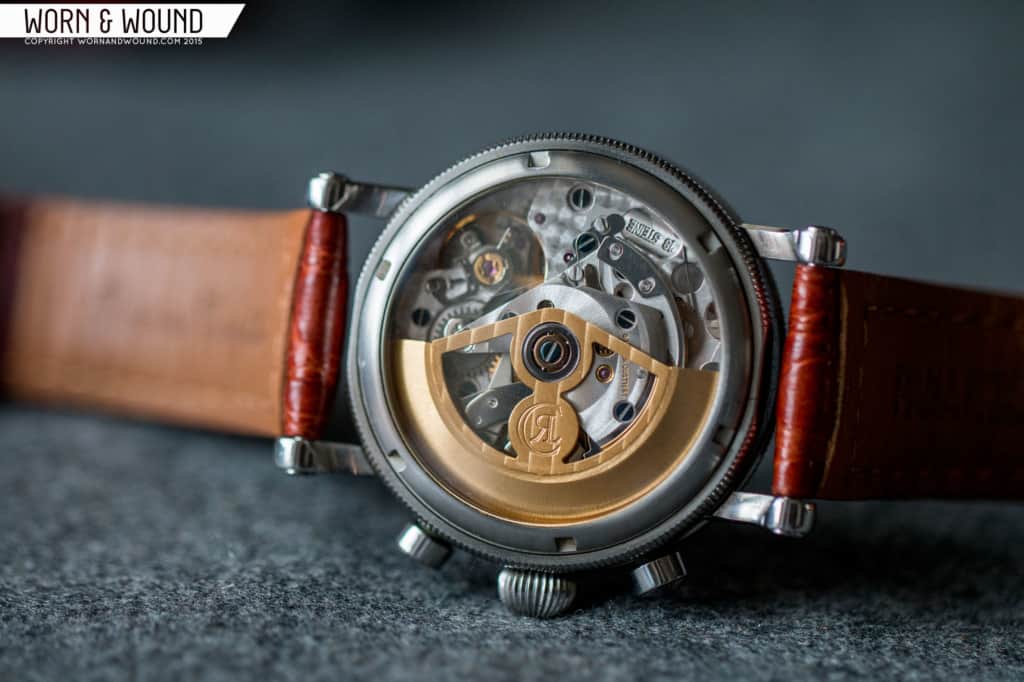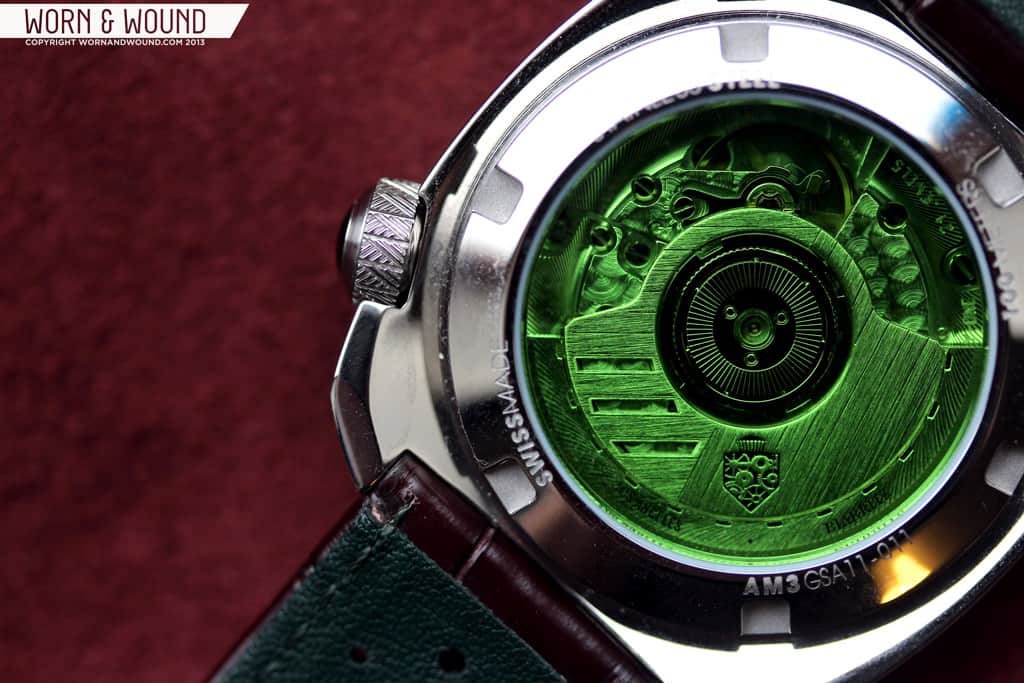Movement maker ETA has only existed in its current form since 1982. So to call it “venerable” (as in “accorded a great deal of respect, especially because of age, wisdom, or character,” per Google) is a stretch in some people’s minds. However, you need only to trace the movement manufacturer to its roots for the word to truly apply.
Rome, the saying goes, was not built in a day. It turns out, neither was ETA. In fact, the Swiss movement manufacturer has a long, and some would say checkered, past. And that past, like roots of a tree, has numerous branches and origins.
Lets see if we can make sense of it all.
All through the 1800s, watchmaking was literally a cottage industry. One cottage made wheels, another made levers, yet another made balance wheels, etc. It was the goal of “comptoirs” like Omega, Longines, and Tissot, who assembled parts procured from individual makers, to produce completed watches for distribution.
Frankly, it was a chaotic mess with the independent makers raising and lowering prices at will.
Finally, during the 1920s, in order to combat perceived unfair competition from the country’s independent watchmakers, Swiss manufacturers joined forces with the banks and ultimately formed Ebauches SA.
This Limited Company of Private Law was a combination of three already sizable and powerful companies: FHF, the Fabrique d’Horlogerie de Fontainemelon S.A. (created in 1793 by Isaac and David Benguerel in association with Julien and François Humbert-Droz), A. Schild SA (created in 1896 by Adolf Schild-Hugi), and Ad Michel SA (created in 1898 by Adolphe Michel and Jean Schwarzentrub).
By the end of the 1920s, Ebauches S.A. had consumed 29 watch and movement companies.
Even with this consolidation, by 1930, no one was following “the rules.” Bankruptcy and unemployment were running high. And so a new plan was hatched between the banks and the watch industry. The plan had four major points:
A “super holding company” was to be created. The Watch Industry and the related Swiss Banks would participate equally in the finances,
The super holding company would take over of the majority of shares of Ebauches SA,
The Swiss Confederation would also participate financially,
The super holding company would also control production of other essential movement parts by acquisition of the majority of the shares of all related companies.
In the summer of 1931, the super holding company was created: the Allgemeine Schweizerische Uhrenindustrie A.G., or ASUAG – also a Limited Company by Private Law.
On September 11, 1931, the Swiss Confederation joined ASUAG as a shareholder. investing CHF6 million. At the same time, they offered an interest-free loan of another CHF7.5 million. And with that, the ASUAG had the wherewithal to pursue its major business goals. Super, indeed.
In 1932, ASUAG took over several watch companies, including two of special note: A. Reymond SA and Eterna, both of which were producing ébauches as well as complete watches.
A. Reymond had been created in 1898 by Auguste Reymond, and had begun manufacturing its own ébauches in 1906. In 1926, the company acquired Unitas Watch Company, a name still familiar with watch aficionados today.
The roots of Eterna go back to 1856 when two gentlemen, Joseph Girard and Urs Schild, came together to manage a factory which manufactured ébauches. The Eterna mark came into use in 1876. Schild’s son Max took over in 1891. Production grew through the early 1900s.
When Eterna was taken over by ASUAG in 1932, the name was kept for watch production, and the ébauches production was renamed ETA SA. This was the first time the name ETA appeared.
Another fabled movement name was also operating during this period. Reymond Frères had been created by brothers John and Charles Reymond in 1901. Reymond Frères specialized in stop watch mechanisms and began manufacturing its own in 1910. In 1929, John’s sons incorporated the company as Valjoux SA. The name came from the location of the company’s creation in Bioux, in the Valley of Joux. The company was ultimately acquired by Ebauches SA (which still existed under ASUAG) in 1944.
In 1934, the Swiss Confederation enacted the federal law, “Decrees of the Federal Council Tending to Protect the Swiss Watch Industry.” Enforcement of this piece of legislation finally brought still-much-needed order to the industry.
The years 1945 through 1960 saw tremendous growth – along with the disappearance of some familiar names like Angélus and Movado.
And by the beginning of 1960s, the damage done to the world watch industry by World War II had largely been repaired. Once again, the Swiss banks, along with ASUAG, began a consolidation effort. This happened with companies producing completed watches as well as those producing ébauches. Indeed, Ebauches SA continued buying up smaller independent companies, often reaching across international borders to do so.
The consolidation worked. By 1974, Switzerland was exporting 84 million watches a year.
But looming just over the horizon? Yes… the Quartz Crisis.
Now, it’s true. Swiss companies were producing quartz watches too. In fact, a fair percentage of those 84 million watches exported in 1974 were quartz timepieces. So it’s unfair to say simply that Japanese quartz watches nearly killed the Swiss watch industry.
In truth there were several factors: the world-wide oil crisis, speed-to-market (the Swiss tended to be very deliberate in their development efforts), the value of the Swiss franc against the world’s other currencies – and the infusion of inexpensive Japanese quartz watches into the market all played a part.
Between 1974 and 1983, Swiss watch and movement production dropped from 84 million to 30 million pieces. In an initial attempt to stop the bleeding, ETA and Schild merged in 1978. In 1980 the number of calibres manufactured by Ebauches SA was reduced from 136 to 40. In 1982, ASUAG merged all its various ébauches manufacturers under the ETA umbrella.
At this point, ETA’s history merges with the larger history of The Swatch Group, which we chronicled here: A History of the Swatch Group
But briefly, SSIH (which had been formed in 1930 with the merger of Omega and Tissot) and ASUAG began the process of coming together under the direction of Nicolas Hayek. The ultimate result was a merger which produced Swatch Group SA. All movements and components production for the new group was consolidated within ETA.
And so it came to be that ETA was effectively a super manufacturer of ébauches. And the independent watchmaking world (which had been rejuvenated by the rebirth of the Swiss watch industry) beat a path to their door, looking for movements for their new creations.
And ETA was happy to supply much of the western world with watch movements through the 1990s and into the early 2000s. But a curious thing happened in 2002.
Mr. Hayek announced that ETA would begin “weaning” the rest of the industry off ETA movements. After all, ETA and Swatch Group had been selling their little watch motors to most, if not all, of their competition. Hayek saw two advantages to the weaning process. One was to take back a competitive advantage. The other was to force non-Swatch Group brands to make their own movements, and thereby improve the watchmaking industry.
What has followed in the years since, of course, has been a soap opera of government intervention, multiple Swatch Group deadline extensions, and give-and-take bargaining between Swatch Group and the rest of the world’s brands.
The last we checked, the deadline was somewhere out in 2019 (2023 for Nivarox hairsprings – a much more difficult technology to reproduce).
And thus, ETA has become the little (watch) engine that could, that did, and now won’t for much longer.









 Featured Videos
Featured Videos




